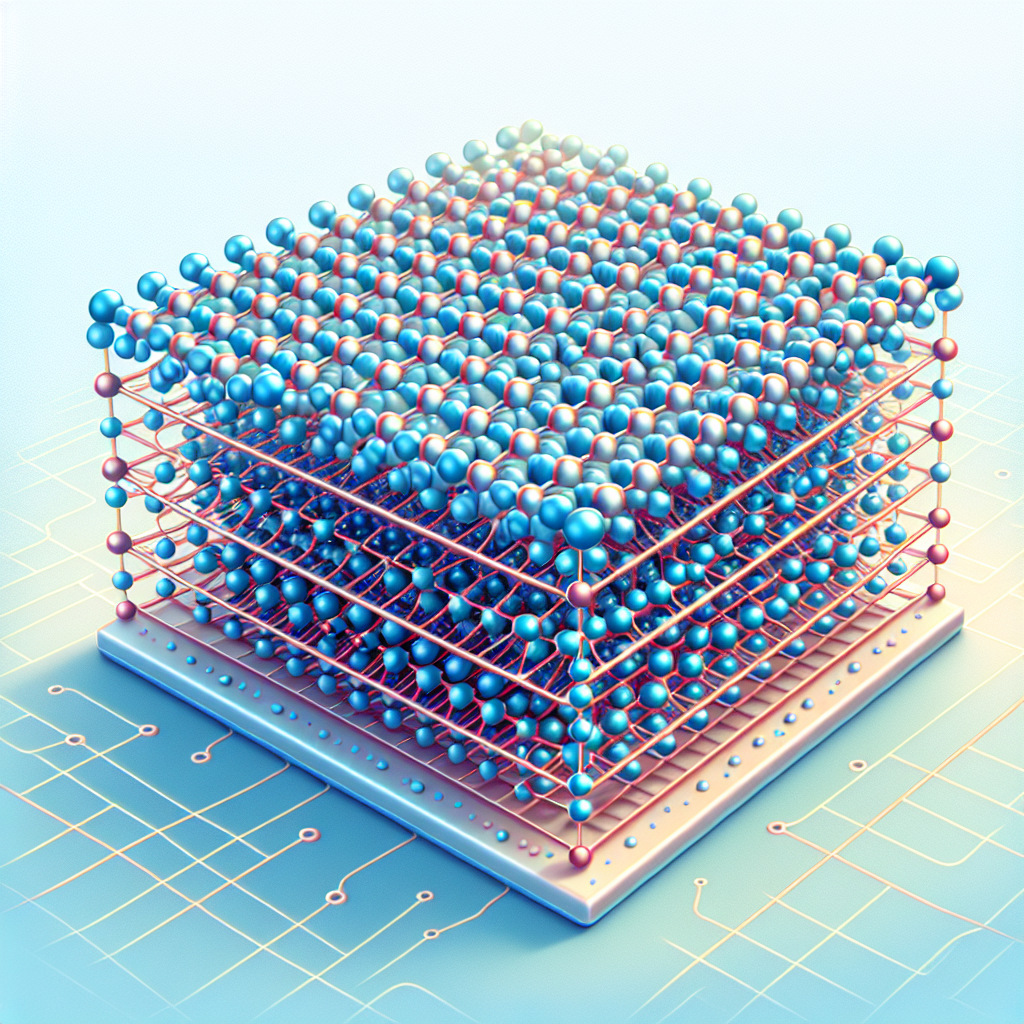India Eyes 2D Breakthrough: A New Frontier in Semiconductor Research
The Electronics and IT Ministry is set to back research on 2D materials, aiming to revolutionize chip-making with significantly smaller designs than existing silicon-based models. With funding from ANRF, the development could bolster India's semiconductor industry. Collaborative projects are emphasized to avoid redundancy and accelerate innovation.

- Country:
- India
India's Ministry of Electronics and IT is preparing to provide support for groundbreaking research on two-dimensional (2D) materials, which could potentially lead to the production of semiconductor chips over 10 times smaller than current silicon-based designs. Senior officials indicate this initiative aligns with plans to invite expressions of interest for relevant projects.
The Anusandhan National Research Foundation (ANRF), established by the government, is at the forefront, setting the stage to drive research and innovation throughout Indian academic and research institutions. A proposal from 30 IISc scientists to develop 2D semiconductor technologies could place India at the forefront of semiconductor innovation globally.
In a call for collaborative innovation, Secretary S Krishnan urged the avoidance of project duplication and emphasized leveraging public funds efficiently. Additional Secretary Amitesh Sinha highlighted the newfound significance of material science in semiconductor advancement, hinting at upcoming project selections for funding support.
(With inputs from agencies.)










